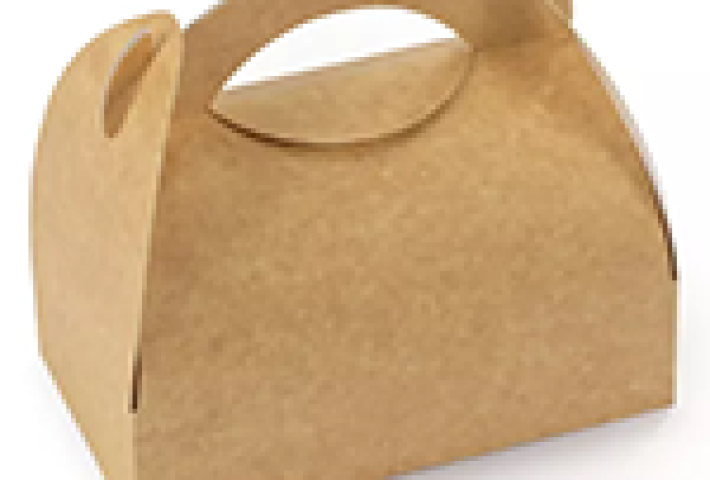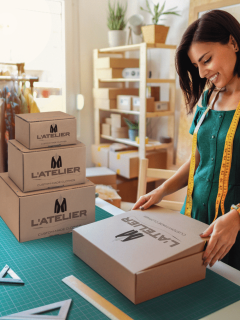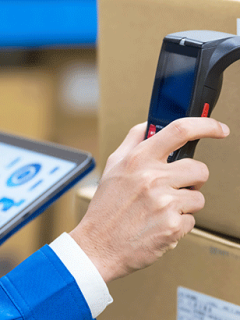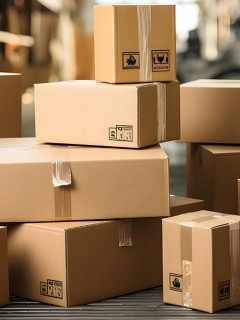The air is out! When you hear this sentence about something or someone, it is usually not exactly praise. Completely unjustly, we think! Because sometimes it is also a great advantage if the air is missing. What is a vacuum, how is it created and what role does it play in packaging?
Vacuum packaging food
Next Friday, for example. Our summer party for staff and family has been very popular for years. With Segway test tours, table tennis tournaments and Indiaka battles (our managing director probably still has painful memories of last year’s…), you get to know your colleagues from a different side once again.
But the highlight for many is the food that our canteen chef serves at the summer party. This year we can expect pulled pork, hamburgers, antipasti and lots of salads.
Preserving meat
Like any good cook, ours has always been a bit generous: There is meat left over at the end. To make sure the meat lasts until Monday, we vacuum pack it.
How long does vacuum-packed food last?
How long foods such as meat can be kept in a vacuum depends on the type of meat and the conditions during vacuuming. If no germs are included (Attention: Hand hygieneIf the vacuuming process is carried out professionally under hygienic conditions, a roast beef can be kept in a vacuum for up to four weeks, a steak stays fresh for about two weeks.
Why does meat keep longer in a vacuum?
By depriving meat of oxygen, bacteria multiply much more slowly. To ensure that as few germs as possible get into the packaging in the first place, in addition to hygiene, it is crucial that the meat is freshly vacuum-packed and that the cold chain has not been interrupted at any time.
So what is a vacuum anyway?
Around us there is an air pressure of 1013.25 hPa (= 1013.25 millibar, equivalent to 101.325 kPA). As Vacuum is therefore an air-filled room in which the air pressure is below this standard value. Depending on the air pressure, we distinguish between rough vacuum, fine vacuum, high vacuum and ultra-high vacuum (maximum vacuum). To create such a vacuum, air is extracted with a vacuum pump.
Conversion aid: 100 bar = 100,000 millibar = 100,000 hPA = 10,000kPA = 100,000 hPA
Depending on the pressure in a vessel, a distinction is made between different types of vacuum. These types are summarised in the following overview.
| Pressure range | Pressure in hPa (=mbar) |
| Normal pressure: | 1013,25 |
| Low vacuum: | 1013 – 1 to 1 |
| Fine vacuum: . | 1 to 10-3 |
| High vacuum (HV): | 10-3 to 10-7 |
| Ultra-high vacuum (UHV): | below 10-7 |
| Extremely high vacuum (XHV): | < 10-12 |
| ideal vacuum (IV) | 0 |
How does vacuum packaging work?
Advantages of vacuum packaging
Due to the lack of oxygen, vacuum-packed products have a longer shelf life. But vacuum also makes sense for space reasons: by extracting the air in the bag, the volume is reduced to an absolute minimum. The film packaging or the Bags is virtually “sucked up” to the product.
To achieve this, the packaging must be impermeable to air, i.e. gas-tight. Films made of polyamide or polyethylene are suitable, but also composite films. Some hard packaging (e.g. tin cans) is also suitable for vacuuming – but then the space-saving advantage mentioned above is not applicable.
Vacuuming devices for trade and industry
But a vacuum is not only excellent protection for food. In addition to the food industry and gastronomy Vacuum sealers are used in almost all industries. Because vacuum also offers excellent protection against oxidation, for example, for metal components, screws, electrical products, medical equipment or laboratory items. Scratches on plastic surfaces and germs also stand no chance in a vacuum. Bulk goods are bundled in a highly space-saving manner during vacuuming, and the sometimes sensitive surface of plastic items is also perfectly protected after vacuuming.















